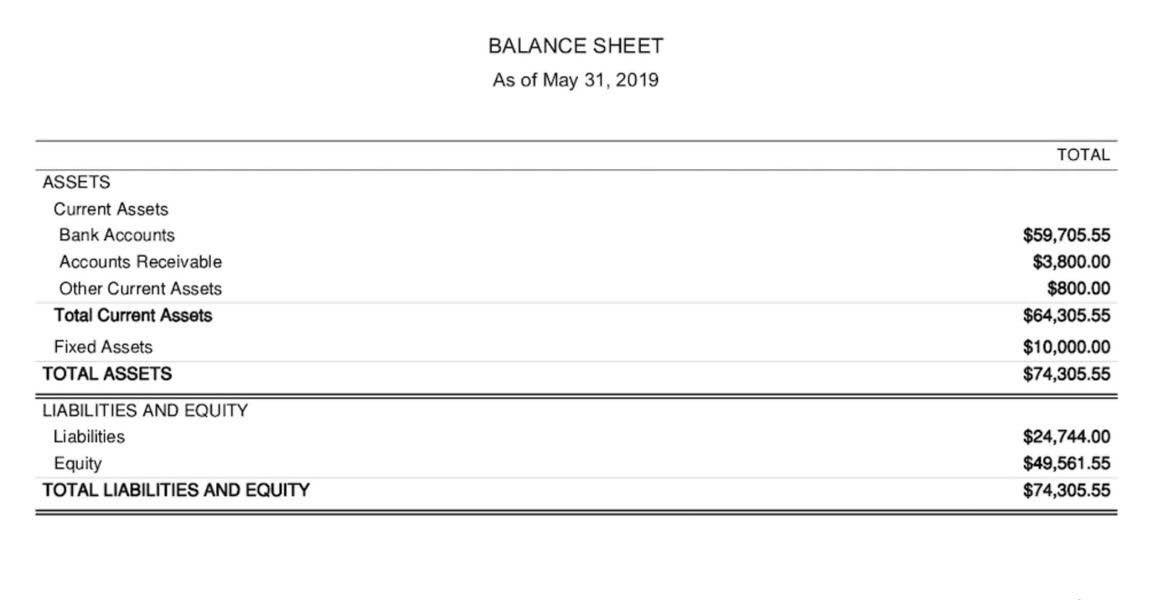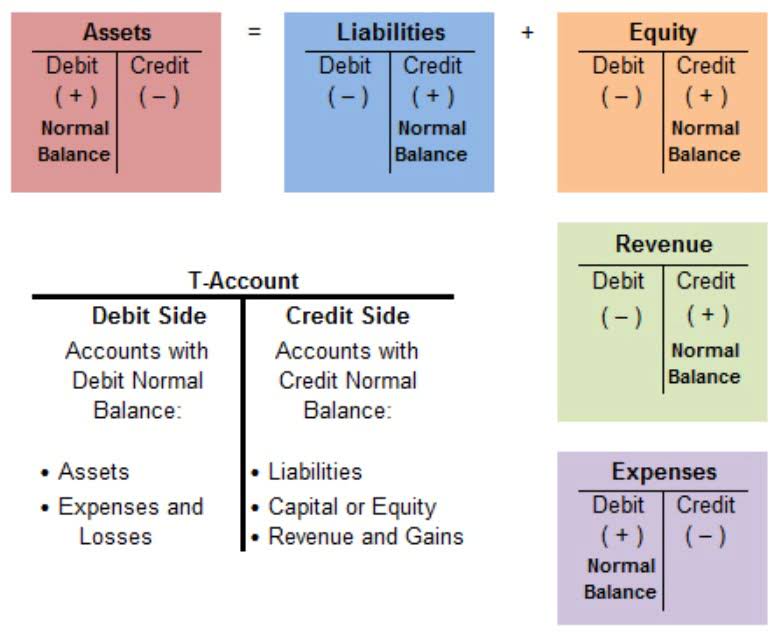
It is a common feature of on-demand or just-in-time operations and is often a sign of efficiency. But a year-on-year positive change can mean you aren’t making the most of your cash and a continuous negative change can mean you aren’t able to afford your business operations. Businesses take out business loans to have access to extra funding for a variety of reasons. These loans can be used to purchase more inventory, cover short-term debts, or even keep the business afloat when working capital is too low for day-to-day operations. A change in net working capital is the difference between a company’s available funds and outstanding payments in a specific accounting period, compared to previous accounting periods.
Real-world Examples
A significant positive or negative change in working capital can signal potential financial challenges or opportunities and may require further analysis and management attention. Working capital is one of the most important aspects of a business’s finances. It represents a company’s short-term financial position and acts as a measure of its overall efficiency. Thus, changes in working capital have a direct impact on its cash flow, which can affect its operations. The net working capital (NWC) metric is a measure of liquidity that helps determine whether a company can pay off its current liabilities with its current assets on hand. The net working capital (NWC) is the difference between the total operating current assets and operating current liabilities.
- It is calculated as the difference between current assets and current liabilities of two years.
- Some sectors like Retail and Ecommerce experience significant fluctuations in sales and inventory during peak seasons.
- SoFi has no control over the content, products or services offered nor the security or privacy of information transmitted to others via their website.
- However, there are some costs involved in these hedging transactions, which could affect cash flow.
- Working, or operational, capital can be found on the asset side of the company’s balance sheet.
How does accounts payable affect cash flow?
One nuance to calculating the net working capital (NWC) of a particular company is the minimum cash balance—or required cash—which what is change in working capital ties into the working capital peg in the context of mergers and acquisitions (M&A). When the company finally sells and delivers these products to customers, Inventory will go back to $200, and the Change in Working Capital will return to $0. The best rule of thumb is to follow what the company does in its financial statements rather than trying to come up with your own definitions. This company has taken an oath to help businesses get funded no matter their size or situation, we are here to give all business the best chance to grow with capital funding.
Understanding Change in Working Capital
You pay interest only on the portion of money borrowed, irrespective of the sanctioned limit. This is unlike a traditional small business loan where you pay interest on the whole amount disbursed in a lump sum. The best duration for the working capital cycle varies by industry and business needs. There are quite a few types of operational capital, each providing unique information about the business. Large swaths of cash could be put towards growing his business, despite the business technically debt on the “wrong” side of the ledger. Given the step function used in our model, the formula to calculate the incremental NWC is constant.

Taken together, this process represents the operating cycle (also called the cash conversion cycle). Suppose an appliance retailer mitigates these issues by paying for the inventory on credit (often necessary as the retailer only gets cash once it sells the inventory). In other words, there are 63 days between when cash was invested in the process and when cash was returned to the company. Therefore, the working capital peg is set based on the implied cash on hand required to run a business post-closing and projected as a percentage of revenue (or the sum of a fixed amount of cash). On the subject of modeling working capital in a financial model, the primary challenge is determining the operating drivers that must be attached to each working capital line item.

For one thing, operational capital can fluctuate just from day-to-day operations. Businesses have lots of moving parts, and assets and liabilities can change with every transaction and Accounting for Technology Companies payment. If a company’s working capital ratio falls below one, its current assets total less than its current liabilities. In accounting terms the credit built up with suppliers is referred to as accounts payable, the goods held in the warehouse are referred to as inventory, and the monies owed by customers are called accounts receivable.

- Change in working capital is the change in the net working capital of the company from one accounting period to the next.
- When the net working capital is more in the current period than the previous period, it has increased.
- The bottom line is careful planning is needed to ensure that borrowing aligns with your business’s cash flow and repayment capacity.
- It encompasses various components, including cash, inventory, accounts payable, accounts receivable, and short-term debt.
- This reflects positively in the company’s cash flow statement as it results in a surge of cash in the cash flow statement and helps a company reel in potential investors.
When a company has excess current assets, that amount can then be used to spend on its day-to-day operations. Big increases in non-cash working capital bodes well for companies since it shows that a company turns its non-cash current assets to cash quickly. This reflects positively in the company’s cash flow statement as it results in a surge of cash in the cash flow statement and helps a company reel in potential investors. Higher working capital shows unearned revenue strong liquidity and greater financial stability. It usually means that there are more current assets like inventory, cash or receivables compared to current liabilities.
The formula to calculate working capital—at its simplest—equals the difference between current assets and current liabilities. In financial accounting, working capital is a specific subset of balance sheet items and is calculated by subtracting current liabilities from current assets. Operating net working capital can be viewed as the amount of cash tied up in the net funding of inventory, accounts receivable, and accounts payable. As shown above a change in inventory, accounts receivable, and accounts payable results in a change in working capital and a cash flow in or out of the business.

